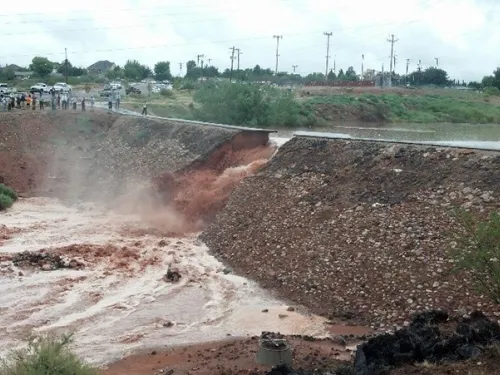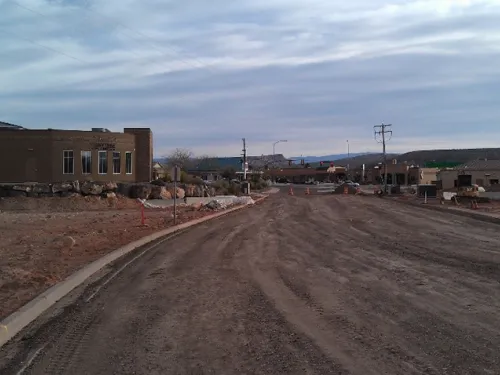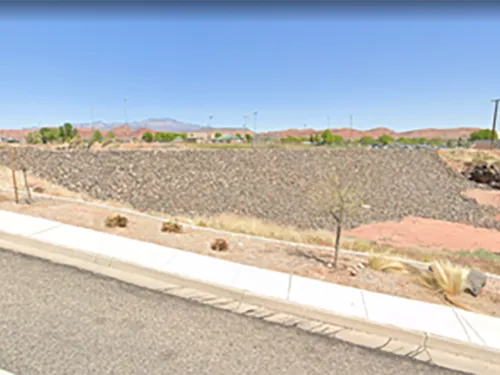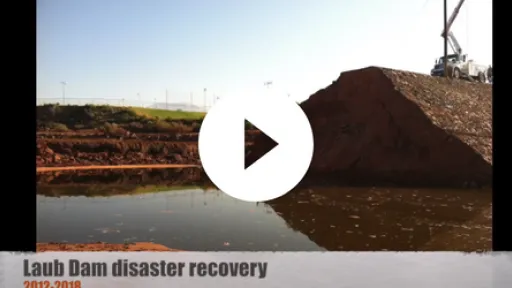Santa Clara Dam (Utah, 2012)
In early September 2012, a series of rainstorms moved across southwestern Utah. In the city of Santa Clara, a debris basin formed by the Santa Clara Dam had filled and drained during these storms without issue. On the morning of September 11, another rainstorm passed through the area. The flood control reservoir had filled to an elevation that was 9 to 10 feet below the spillway when the city public services director visited the dam to monitor its performance. Nothing unusual was noted during this visit and the director left the site to check on conditions in other areas of the city. When he returned 30 minutes later, what he found elicited a completely different response. Thanks to his timely visit and quick response, downstream residents were evacuated from harm’s way as the 93 year old structure succumbed to internal erosion resulting in a complete breach and failure of the dam. In the end, some 61 homes, 16 businesses, and city infrastructure would suffer damage from the flood resulting from the breach of the Santa Clara Dam.
According to available records, the Santa Clara Dam (also known as Laub Dam) was built in 1919. It was a homogeneous earthfill dam with the soil classifying as a silty sand or sandy silt. The dam had a crest width of 10 feet (3 meters), a structural height of 26 feet (8 meters), and a hydraulic height of 22 feet (6.7 meters), creating 4 feet (1.3 meters) of freeboard. The slope of the upstream face was 2 horizontal to 1 vertical; the downstream slope was 1.5 horizontal to 1 vertical. The dam had a 10 inch (25 cm) outlet that connected to the Santa Clara City storm water system. The spillway was located on the left abutment and consisted of a 200 foot (61 meters) wide opening across an athletic field and the parking lot of a nearby middle school. The dam had a drainage area of approximately 7 square miles (18 square kilometers) and a reservoir capacity of approximately 78 acre-feet (96,200 cubic meters) at the spillway crest. No filter or drain zones were included in the structure. The dam had been inspected in April of 2012 with the inspector noting, “Active rodent burrows were noted on both the upstream and downstream slopes.” The inspector requested that the owner, “please control rodent activity on all areas of the dam” and stated that “if significant burrows are discovered, please backfill and compact.” The dam is inspected every two years by the Utah Division of Water Rights, Dam Safety Section.

In early September 2012 warm, moist air brought a series of storms to southwest Utah and to Santa Clara. It was reported that the Santa Clara detention basin had filled the week prior to the failure without incident and was essentially drained before the events of September 11, 2012. On the morning of September 11, the public services director for Santa Clara City was making his rounds in the city, monitoring the effects of heavy rains overnight and through the morning. He visited the Santa Clara Dam, noting that the reservoir had filled to a level about 9 to 10 feet (2.75 to 3 meters) below the spillway crest. Continuing his rounds, he returned to the Santa Clara Dam 30 minutes later and at that time noted that the reservoir had filled to the spillway crest and was spilling. During this visit, he also observed a concentrated leak on the downstream slope near the center of the dam about 4 to 5 feet (1.2 to 1.5 meters) below the crest of the dam. Two additional concentrated leaks were identified near the first, though they were not as significant. Concerned for the safety of the structure, the public services director initiated the emergency action plan culminating in the evacuation of downstream residents.
The breach of the Santa Clara Dam was well documented through the use of mobile phone photography and videoing by numerous bystanders, news media outlets, state and city personnel. The photos and videos indicate that the concentrated leak near the center of the dam was being monitored at 11:30 AM. By 12:15 PM, internal erosion had progressed to the point that a breach had formed from the downstream face through the upstream face to the reservoir. By 1:00 PM, the breach had fully formed and the reservoir had been emptied. Downstream flooding caused damage to 61 homes and 16 businesses, and resulted in an estimated $7.5 million in damages to property and infrastructure. Thanks to the diligence of the city public services director and his quick response time, no injuries or death were reported due to the failure of Santa Clara Dam.

Over the next two months, the breach area was stabilized, President Barrack Obama declared the flood a major disaster, cleanup efforts commenced, and an unofficial investigation took place. The results of that investigation are summarized in a memo written by David Marble, Assistant State Engineer over dam safety, to then State Engineer Kent Jones. The memo considered several possible failure modes that include transverse cracking due to differential settlement, hydraulic fracturing of the embankment, construction-related highly permeable seams that extended through the embankment, and rodent burrows that penetrated through or nearly through the embankment. Ultimately, officials would conclude that the failure of the Santa Clara Dam was caused by rodent burrows penetrating through or nearly through the dam. Reasoning for this includes observations noted on the April inspection report for the dam identifying active rodent burrows on the upstream and downstream slopes of the dam, eye witness accounts of water flowing into and back out of rodent holes during the rise and release of the reservoir before and during the failure, and accounts of rodents swimming away from inundated burrows. The rapid development of concentrated leaks 4 to 5 feet (1.2 to 1.5 meters) below the dam crest also seems to support this conclusion. With the dam breached, temporary measures were put in place by Santa Clara City to address any storm flows until the dam could be rebuilt. A new design was submitted and approved in April 2013 with construction of a new dam completed in July of that year. Construction of the new dam was estimated to cost $1.7 million.
References:
(2) Marble, D. & Williamson, C. (2012). Santa Clara Dam Inspection Report – 2012. Utah Division of Water Rights.
(5) Dougherty, J. (2018). Disaster Closeout: Laub Dam Failure. Utah Department of Public Safety.
(6) Cabrero, A. (2012). High Hazard Dam Deemed Safe 5 Months Before Rupture. KSL News.
This case study summary was peer-reviewed by Greg Richards, P.E., Gannett Fleming, Inc.
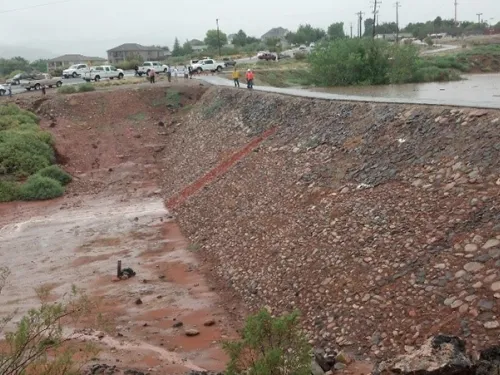

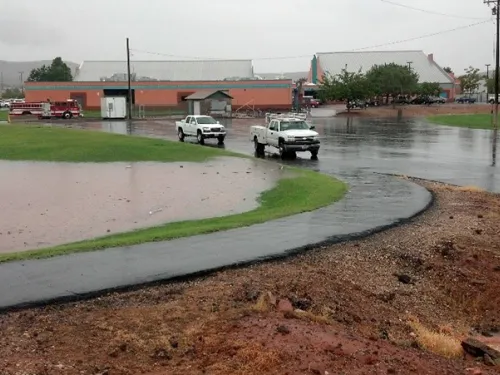

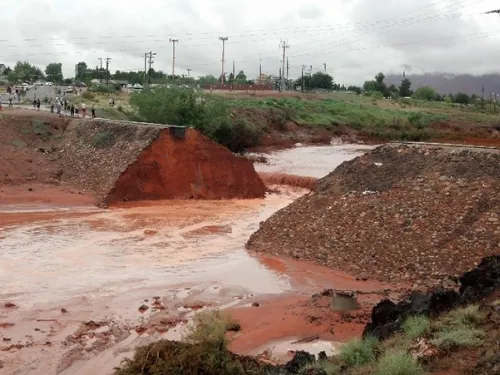

Lessons Learned

Embankment dams and levees are vulnerable to damage from wildlife intrusions and animal impacts.
Learn more
Emergency Action Plans can save lives and must be updated, understood, and practiced regularly to be effective.
Learn more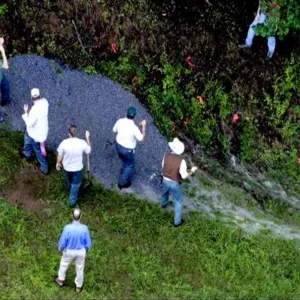
Intervention can stop or minimize consequences of a dam failure. Warning signs should not be ignored.
Learn more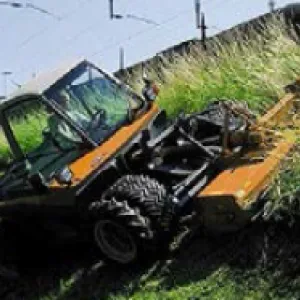
Regular operation, maintenance, and inspection of dams is important to the early detection and prevention of dam failure.
Learn more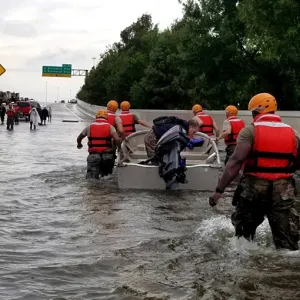
Timely warning and rapid public response are critical to saving lives during a dam emergency.
Learn moreAdditional Lessons Learned (Not Yet Developed)
- Regular maintenance concerns should be addressed in a timely fashion. This failure would likely not have occurred had the rodent damage at the dam been addressed in a timely fashion.
- Observation and inspection with good follow-up are critical during unusual or extreme loading conditions.
- Voids left by burrowing rodents can be a significant threat to earthfill dams.

Emergency Action Planning for State Regulated High-Hazard Potential Dams - Findings, Recommendations, and Strategies
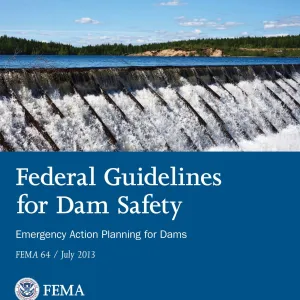
Federal Guidelines for Dam Safety - Emergency Action Planning for Dams

Federal Guidelines for Inundation Mapping of Flood Risks Associated with Dam Incidents and Failures
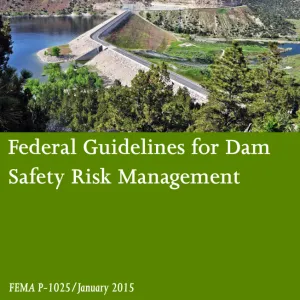
Filters for Embankment Dams

Selecting and Accommodating Inflow Design Floods for Dams


